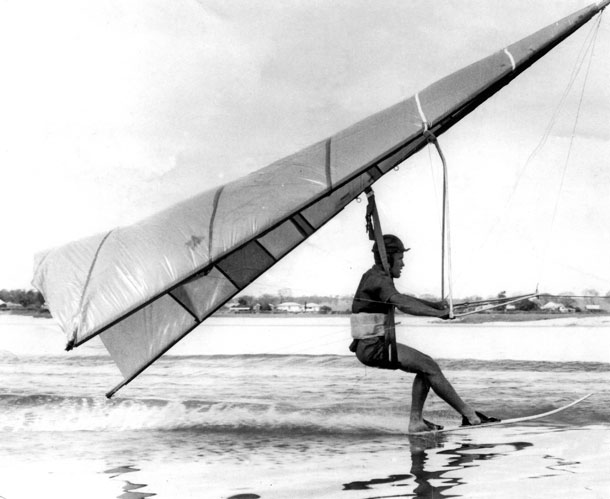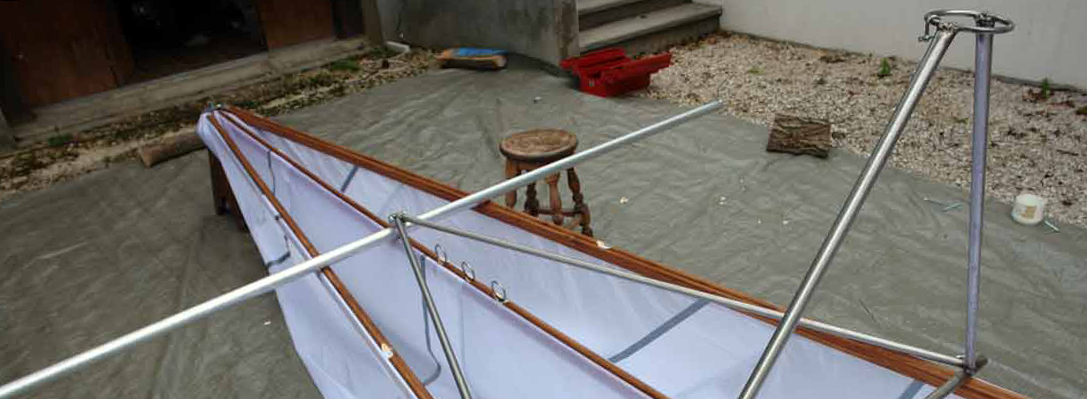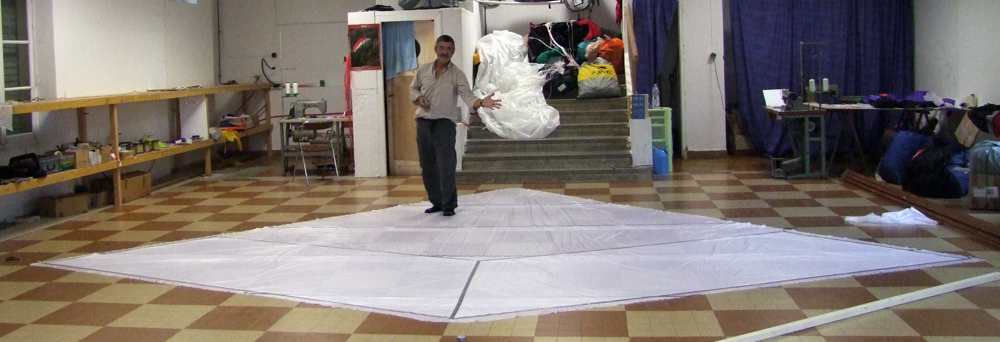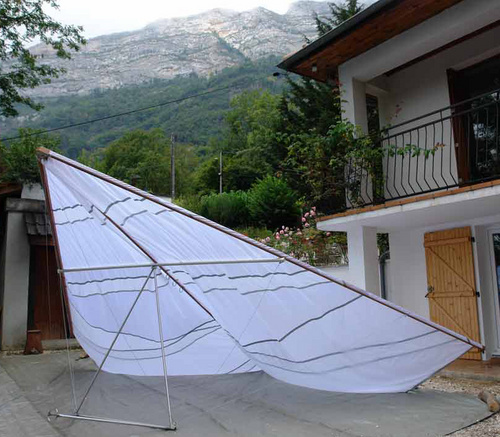John Dickenson - 1934-2023 - RIP
John Dickenson, inventor of the modern hang-glider, died on July 5, 2023. His funeral will be held on August 25 in Mona Vale, NSW, Australia. John was the holder of the highest FAI award, the FAI Gold Air Medal.
A Short Story of Hang Gliding
Hang gliding began with Otto Lilienthal in 1891. The German engineer completed over 2000 flights. His gliders were very complex and difficult to build or repair, with a control system that proved inadequate to deal with turbulence. Lilienthal died following a crash; still, he proved that flying was possible.
American railway engineer Octave Chanute designed, built, and flew his Bi-plane hang glider that same year. Plans for the Chanute glider sold well and many were built and flown in the early 20th century. The gliders were relatively simple to build, but they lacked adequate control for turbulent conditions and they were fragile if crashed.
The sport of hang gliding really began in Australia in 1963 when John Dickenson invented the modern hang glider. The glider was robust, able to withstand many crashes, and still fly, easy to transport and store.
The design could be comprehended after a moment's viewing or looking at a picture, replicated for $30 with no special tools, materials, or knowledge, and often flown the same day.
Dickenson's pendulum weight-shift control system was intuitive and provided abundant control. The glider was so easy to fly that one could become a pilot and achieve Icarus’ dream simply by running off a hill and learning on the way down.
The magic of Dickenson’s device is the perfect coincidence of extreme simplicity, user-friendliness, and ability to copy. No other aircraft in history is as easy to build, fly and duplicate as the Dickenson wing.

Dickenson's early wings used materials like banana bag plastic, Oregon pine spars, and clothesline wire twist-tied at each end, but they all proved safe and strong enough. Dickenson's last wing, built in 1969, was a far cry from his earlier efforts. With more funds available to him, the airframe was 1.5-inch aircraft aluminum, the sail was made from sailcloth cut and sewn by a sail-maker, and the wires were properly swaged and fitted.
In 1969, Australian Bill Moyes foot-launched and ridge-soared a Dickenson hang glider, an event John Dickenson regarded as the beginning of modern hang gliding, the proof that his wing could soar.
The same year, Bill Moyes and Bill Bennett, another Australian, took the Dickenson hang glider around the world. Moyes’ and Bennett’s flights and stunts helped to raise awareness of the glider.
Since Lilienthal's triumphs and tragedies, there had always been hang gliding here and there. Individuals or small groups of aspiring pilots were working with Chanute-type wings, and some with bi-conical wings inspired by photos being published by NASA. But wherever Moyes or Bennett flew, they proved the obviously superior nature of the Dickenson glider. And wherever they encountered individuals or these groups, their spirit of generosity meant they were happy to share their knowledge.
Around the world, the number of Dickenson hang gliders went from a few dozen in 1969, to tens of thousands in just six years, when hang gliding became part of FAI in the Commission Internationale de Vol Libre (CIVL).
The Air Gold Medal Nomination
In the 1970's the sport of hang gliding exploded around the world. This explosion can be traced back to one aircraft, the Dickenson Wing, first flown on the 8th of September 1963.
The scores of other hang glider wing designs, including other bi-conical designs, that were developed dating from the time of Lilienthal's experiments, and continuing to be developed well into the early 1970s, inspired only a comparative handful of copies.
The Dickenson Wing was the complete package of lightweight, simplicity, ease of transport - whether assembled and being carried up a hill or packed for car transport -, exceptional durability and reparability, and most important, due to Dickenson's pendulum weight shift design, a user-friendliness that allowed hundreds of thousands to hurl themselves off hills and, with surprisingly few exceptions, become pilots by touchdown.
Not many aircraft in history can make such claims of success, nor was any other hang glider design before or since ever likely to produce the huge numbers of participants and the viral spread worldwide that accounts for the existence of our sport.
Not many women or men, since Lilienthal, have contributed so significantly to modern sporting aviation, to mankind's quest for bird-like flight, and to human knowledge of low-speed flight.
Hang gliding opened the way to other sports like microlights, ultralights, paragliding, and successful man-powered flight.
For the first time in history, humans started to run into the air and fly as a normal activity, because of the success of Dickenson’s aircraft.
Afterwords..
In 2008 John Dickenson visited Coupe Icare in France. With the assistance of Stephane Malbos, the copy of his first glider was rebuilt.




Photo credits Photo Evan Akland / Ken de Russy Collection, Evan Akland, FAI CIVL and Stephane Malbos.

